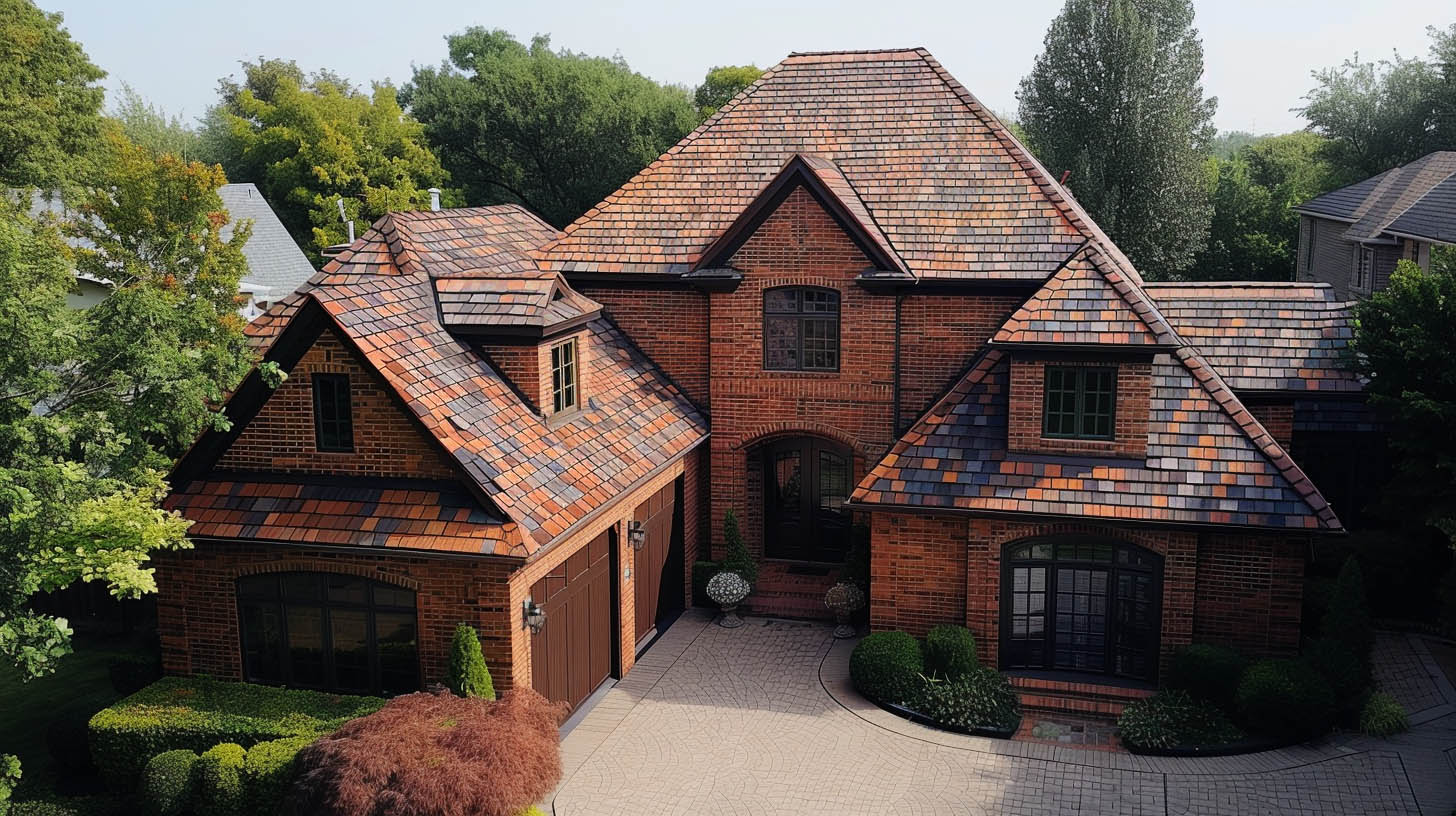As a homeowner, understanding the various components of your roof can help you communicate effectively with contractors and make informed decisions about maintenance and repairs. At Champion Restoration and Construction, we believe that knowledge is power. Here’s a glossary of common roofing terms to help you get acquainted with the parts and functions of your roof.
Drip Edge
A drip edge is a piece of metal flashing attached to the edge of the roof. Shaped like an “L,” it has a small lip extending past the roofline to protect the roof and fascia from rainwater. This small but essential component directs water away from the roof and fascia, preventing water from seeping under the shingles and causing damage. By guiding rainwater into the gutters, a drip edge helps to preserve the structural integrity of the roof and reduce the risk of wood rot and other moisture-related issues. Installing a drip edge is a simple yet effective way to enhance your roof’s longevity and overall performance.
Fascia
The fascia is the board running along the front edge of the roofline, typically made of wood, vinyl, or metal. It seals off the sides of the roof and attic, protecting them from rain and pests. In addition to its protective role, the fascia provides a finished look to the roof’s edge and supports the lower edge of the bottom row of shingles. It also serves as the mounting point for gutters, which helps channel rainwater away from the home. Properly maintained fascia is crucial for the overall health of the roofing system and the home’s structural integrity.
Gable
A gable is the triangular wall at each end of a sloped roof. It extends from the bottom edges of both sides of the roof to the pointed top, creating a classic triangular shape. Gables are a common architectural feature in many homes and buildings, providing both aesthetic appeal and functional benefits. They help improve ventilation in the attic and can be designed with various styles of vents or windows to enhance the home’s overall look and air circulation. Gables also contribute to the structural integrity of the roof by supporting its weight and distributing it evenly across the walls.
Ice and Water Shield
This waterproof membrane is applied to the roof decking, providing extra protection against sleet, rain, and ice damage. Typically, it’s about three feet wide.
Rakes and Eaves
These terms refer to the roof overhang extending one to two feet from the home. Eaves run along the bottom edge of the roof, while rakes run up the gable ends to the roof peak.
Roof Decking
Roof decking is made of OSB material or plywood sheets forming the foundation of your roof. Membranes, flashing, and shingles are attached to this surface.
Roof Flashing
Flashing consists of thin metal sheets, usually galvanized steel, protecting areas where rainwater tends to collect and pool, such as eaves and dormers.
Roof Underlayment
A synthetic sheet applied to the roof decking, the underlayment protects the roof against moisture that may seep under shingles during heavy storms.
Soffits
Soffits are perforated metal or vinyl sheets covering the underside of the roof overhang. They protect against pests and debris while allowing ventilation.
Starter Shingles
These are specialized strips of asphalt shingles with adhesive layers placed along the edge of the roof overhang. They are the first shingles applied to the roof, ensuring a secure foundation for the rest of the shingles.
Conclusion
Understanding these common roofing terms will help you communicate more effectively with contractors and better understand your roof’s structure and maintenance needs. Trust Champion Restoration and Construction for all your roofing needs, ensuring your home remains protected and well-maintained.
For Five Essential Tips to Prepare Your Home for Fall, click here.

